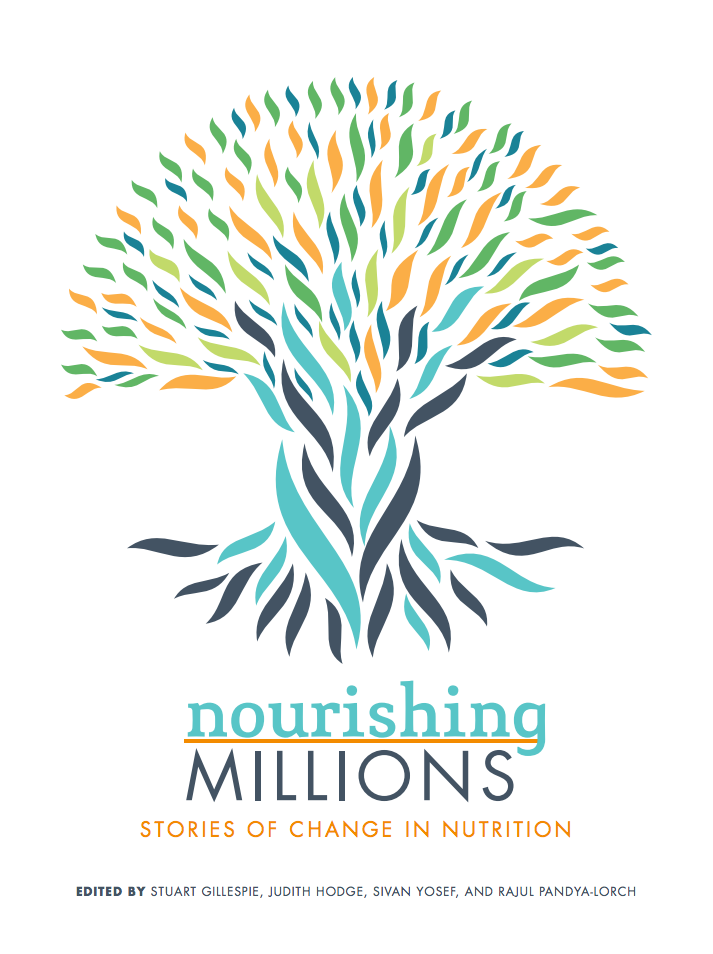Closing Yield Gaps: How Sustainable Can We Be?
Global food production needs to be increased by 60–110% between 2005 and 2050 to meet growing food and feed demand. Intensification and/or expansion of agriculture are the two main options available to meet the growing crop demands. Land conversion to expand cultivated land increases GHG emissions and impacts biodiversity and ecosystem services. Closing yield gaps to attain potential yields may be a viable option to increase the global crop production. Traditional methods of agricultural intensification often have negative externalities.












